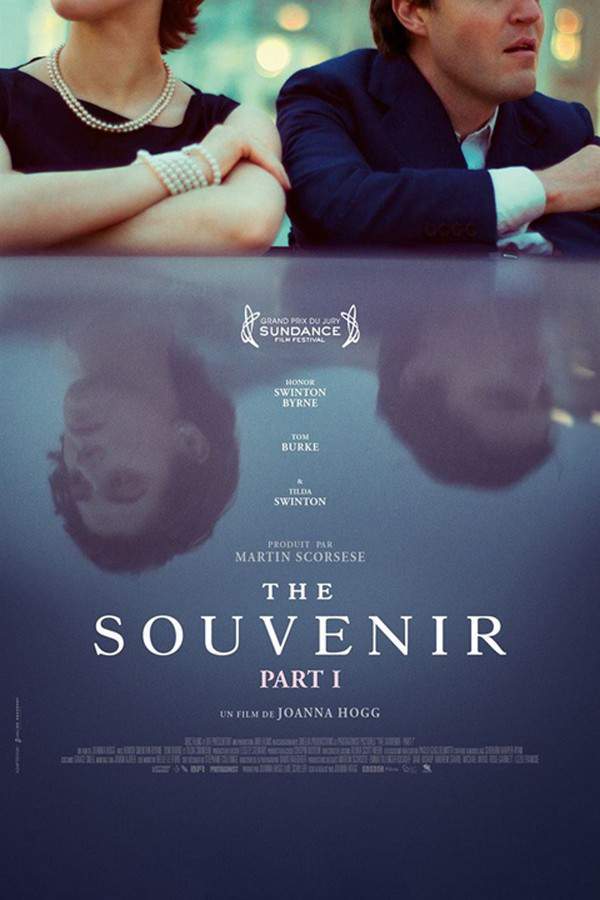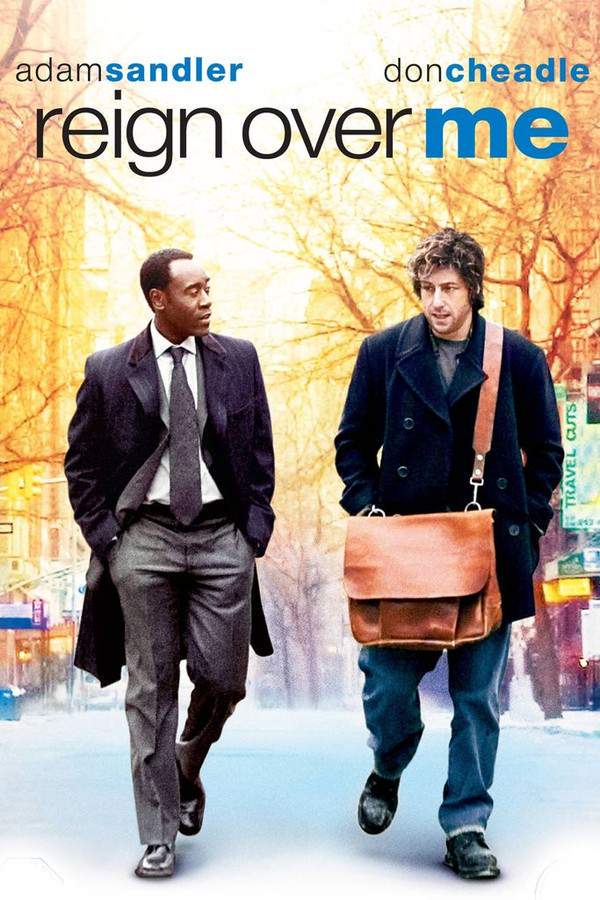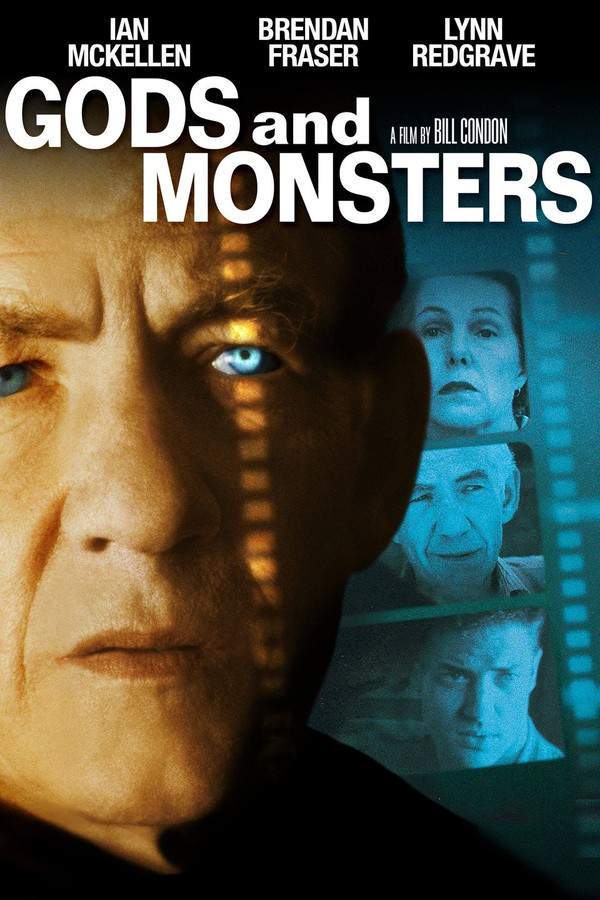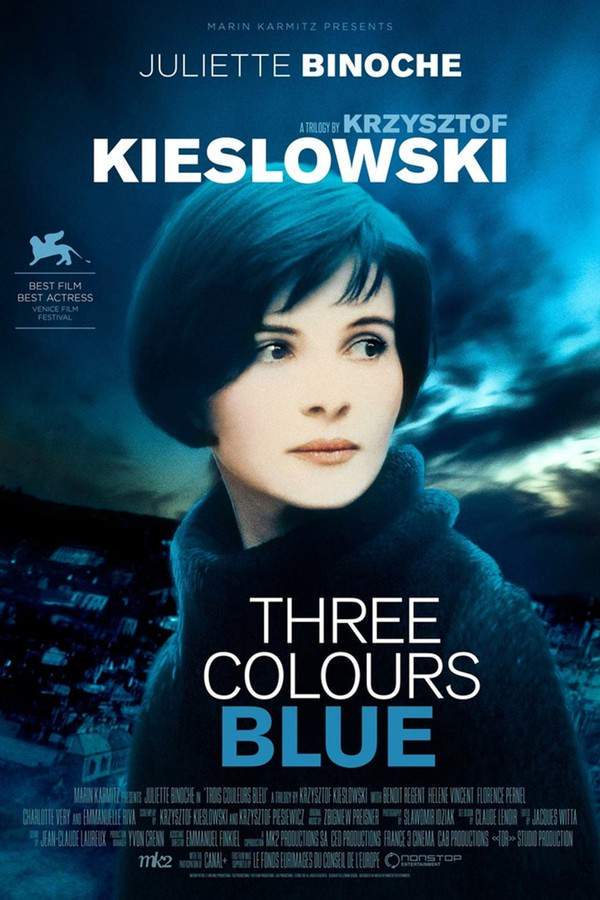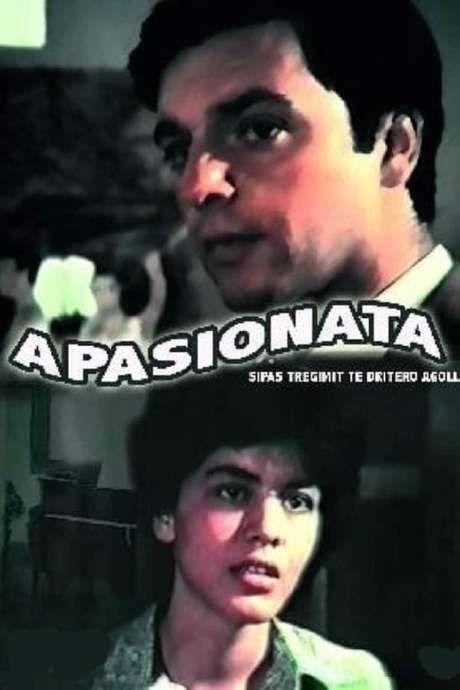
Man at Bath
Year: 2010
Runtime: 72 mins
Language: French
Director: Christophe Honoré
Between Gennevilliers and New York, Omar and Emmanuel go to great lengths to prove to each other they’re no longer in love.
Warning: spoilers below!
Haven’t seen Man at Bath yet? This summary contains major spoilers. Bookmark the page, watch the movie, and come back for the full breakdown. If you're ready, scroll on and relive the story!
Man at Bath (2010) – Full Plot Summary & Ending Explained
Read the complete plot breakdown of Man at Bath (2010), including all key story events, major twists, and the ending explained in detail. Discover what really happened—and what it all means.
Omar is about to leave Gennevilliers for a trip to New York City to showcase his latest collaborations when a troubling incident changes the plan: his boyfriend, Emmanuel, delivers a violent act that amounts to rape. In the wake of this assault, Omar asks Emmanuel to pack and leave before his departure, and the two drift apart into a sequence of intimate, somber vignettes that map their respective ways of mourning the end of their relationship. The narrative then shifts into a wandering, documentary-like exploration of memory, desire, and artistic impulse as Omar, a restless, aspiring filmmaker, uses his upcoming tour of upper New York as a chance to escape the weight of what happened and to chase new footage rather than reconciliation.
Omar’s camera eventually fixes on Dustin, a young Canadian college student on vacation, and what begins as an ordinary social encounter becomes a filmed, quasi-academic exploration of attraction and power. Omar befriends Dustin and soon pivots to a more intimate, entangled dynamic, openly documenting their mutual desire and turning their encounter into a kind of moving study in sexuality. In the process, the project widens beyond a single liaison to encompass a broader bisexual arc that even brushes against Omar’s former teacher figure, a reminder of Omar’s own intellectual curiosity and the messy, unfiltered way he chooses to depict sex on screen. The professor’s presence is explored through the lens of the story as it probes how boundaries blur when art and life collide.
Back in Paris, Emmanuel—now left financially strained and emotionally adrift—takes shelter in Omar’s apartment and tries to reinvent himself in a space he once inhabited with confidence and public praise for his body. He moves from asserting unsolicited attention toward an upstairs neighbor who also functions as a sex-work client, a figure embodied by Dennis Cooper, to inviting a stream of sexual encounters with Omar’s circle of acquaintances. Emmanuel’s chaotic home becomes a stage for desire, tension, and a desperate yearning for the days when life felt easier and more assured. He even reels in Omar’s look-alike, Sebastian D’Azeglio, bringing him back into the apartment as part of a larger, unsettling dynamic between memory and present need. The intermission in the film arrives as Emmanuel confronts his own emotional fragility, a moment that undercuts his bravado and exposes the vulnerability beneath his playfully aggressive exterior.
The plot thickens as Emmanuel, in a troubling sequence, refuses the advances of an underage boy, portrayed by Andréas Leflamand, even as he later accepts a tip from a former close friend, a scene that underscores the ethical murkiness and the moral complications that attend everyone’s actions. The film does not shy away from showing Emmanuel’s chaotic interior state and his capacity for emotional withdrawal even as he tries to keep control of the situation. The tension continues to build as the narrative introduces another young figure, Rabah Zahi, a teenager who ultimately presses forward with his own advances, which Emmanuel meets with a harsh, retaliatory cruelty that becomes one of the most painful, explicit moments in the apartment’s claustrophobic atmosphere.
As days pass, Emmanuel’s emotional volatility peaks, and in a quiet, almost redemptive moment, he cries over a mural he had begun painting on one of the apartment walls—a personal, improvised piece that seems to stand in for the emotional work he hasn’t been able to do in person. The film then circles back to Omar’s return, a moment of stillness and reflection as he stops to consider the finished mural and the absence of Emmanuel in the space they once shared. The closing beats leave the audience with a sense of unresolved longing and the sense that the past lingers in rooms, in walls, and in the camera’s unflinching gaze.
Throughout, the film sustains a measured, observant tone that prioritizes mood over explicit exposition. It leans into the ambiguity of desire and the ways art—documentary-style footage, assembled memories, and improvised performance—can both reveal and complicate intimate relationships. The cityscapes of Paris and New York frame the characters’ inner lives, amplifying the sense that departure and return are part of a continuous, messy negotiation between art, memory, and need. The pieces fit together to form a long, nuanced meditation on how lovers mourn, how filmmakers chase truth through their lenses, and how people sometimes oscillate between tenderness, hostility, and a longing for days that may never come again.
Last Updated: October 09, 2025 at 16:57
Explore Movie Threads
Discover curated groups of movies connected by mood, themes, and story style. Browse collections built around emotion, atmosphere, and narrative focus to easily find films that match what you feel like watching right now.
Movies about the raw decay of relationships like Man at Bath
Films that dissect the raw, messy aftermath of a dying love.If you appreciated the unflinching look at a breakup in Man at Bath, this thread gathers similar films that explore the painful, messy end of a relationship. These movies like Man at Bath focus on emotional realism, character-driven drama, and the heavy weight of a love that has soured.
Narrative Summary
Stories in this thread often follow characters in the immediate or prolonged aftermath of a breakup, examining the power dynamics, unresolved feelings, and emotional drift. The narrative is less about a clear plot and more about a gradual, melancholic unraveling of a bond, frequently leaving the ending ambiguous and emotionally unresolved.
Why These Movies?
These films are grouped together for their shared focus on the visceral experience of a relationship's end. They share a melancholic tone, a slow, observant pacing, and a high emotional intensity derived from interpersonal conflict and psychological distress, creating a deeply immersive and somber viewing experience.
Observational dramas blending art and life like Man at Bath
Films where reality and performance blur in a somber, observant gaze.For viewers who were captivated by the documentary-style realism and themes of art intersecting with life in Man at Bath, this thread features similar movies. Discover films like Man at Bath that use a slow, observant pace to create melancholic, complex stories about memory, desire, and the creative process.
Narrative Summary
The narrative pattern involves a blurring of lines between the story being told and the act of storytelling itself. Characters may be filmmakers, artists, or subjects, and their real-life emotional conflicts directly influence or become part of a creative work. The structure is often fragmented or vignette-based, reflecting a contemplative and moderate complexity.
Why These Movies?
These films share a specific cinematic approach: a slow, melancholic, and observant tone that makes the viewer feel like a witness to real life. They are united by their thematic interest in the collision of art and reality, their moderate narrative complexity, and their heavy, often ambiguous emotional weight.
Unlock the Full Story of Man at Bath
Don't stop at just watching — explore Man at Bath in full detail. From the complete plot summary and scene-by-scene timeline to character breakdowns, thematic analysis, and a deep dive into the ending — every page helps you truly understand what Man at Bath is all about. Plus, discover what's next after the movie.
Man at Bath Timeline
Track the full timeline of Man at Bath with every major event arranged chronologically. Perfect for decoding non-linear storytelling, flashbacks, or parallel narratives with a clear scene-by-scene breakdown.

Characters, Settings & Themes in Man at Bath
Discover the characters, locations, and core themes that shape Man at Bath. Get insights into symbolic elements, setting significance, and deeper narrative meaning — ideal for thematic analysis and movie breakdowns.

Man at Bath Spoiler-Free Summary
Get a quick, spoiler-free overview of Man at Bath that covers the main plot points and key details without revealing any major twists or spoilers. Perfect for those who want to know what to expect before diving in.

More About Man at Bath
Visit What's After the Movie to explore more about Man at Bath: box office results, cast and crew info, production details, post-credit scenes, and external links — all in one place for movie fans and researchers.






